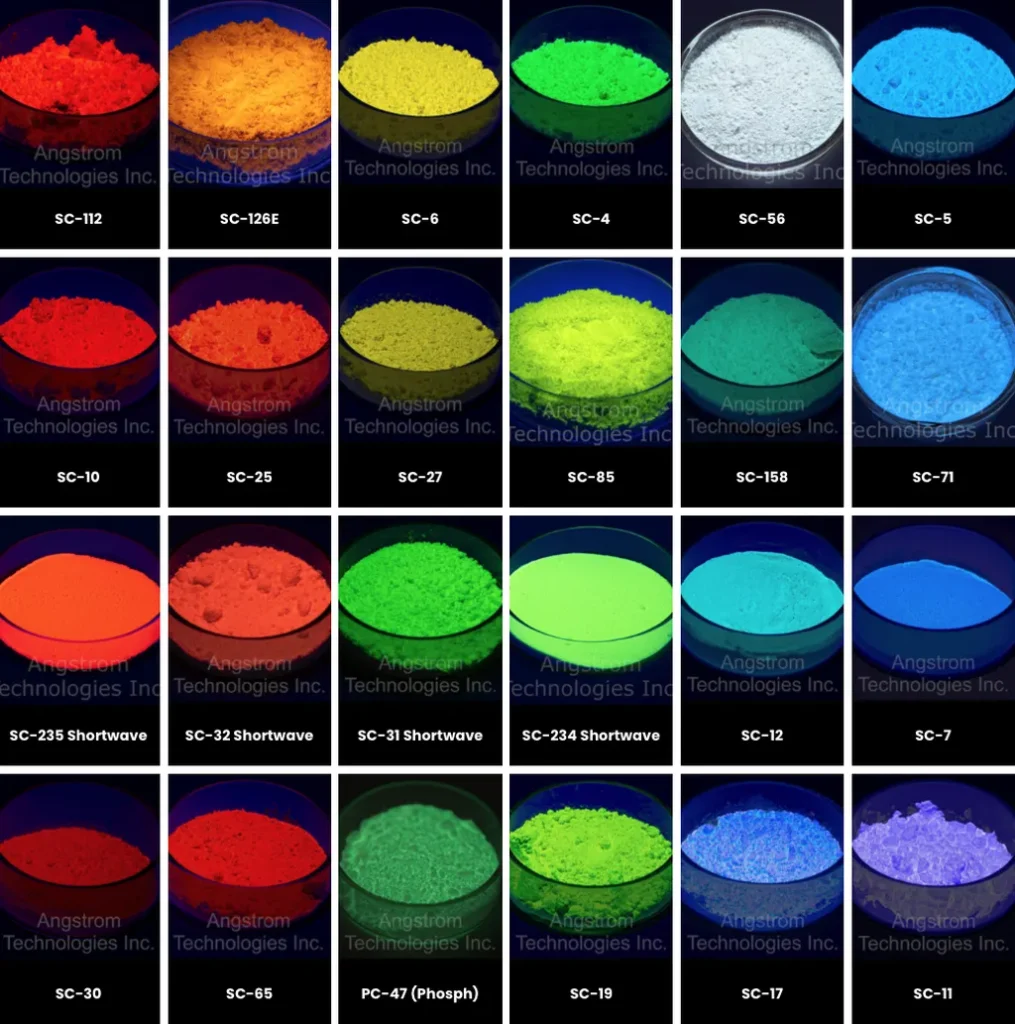In the quest to optimize materials for industrial applications, a groundbreaking study has emerged that could redefine how we approach ink adhesion on hybrid fabrics. Led by Selen Cakmakyapan from the Department of Statistics at Istanbul Medeniyet University, this research delves into the intricate world of ink formulations and their adhesion capabilities on untreated hybrid jute-polypropylene fabrics. Published in *Materials Research Express* (which translates to *Materials Research Express* in English), the study offers a methodical examination that could have significant commercial impacts, particularly in sectors like packaging, agriculture, and transportation.
The research focuses on four critical components of water-based ink formulations: wax, silicone, solvent, and maleic anhydride. Using a full factorial experimental design, Cakmakyapan and her team tested these components both individually and in combination to understand their effects on ink adhesion. “The goal was to identify which components and interactions significantly influence adhesion,” Cakmakyapan explained. “By doing so, we can optimize ink solutions for untreated hybrid jute-polypropylene textiles, which are cost-effective, lightweight, durable, and partially biodegradable.”
The conventional tape test method was employed to measure adhesion values under constant environmental conditions. Data collected from these tests were then analyzed using multiple linear regression modeling and analysis of variance (ANOVA). This rigorous statistical approach allowed the team to pinpoint significant components and interactions, providing a clear path forward for optimizing ink formulations.
But the innovation doesn’t stop there. The study also utilized exploratory data analysis techniques such as Principal Component Analysis (PCA) and K-means clustering to visualize and categorize the formulations into performance groups. “These techniques help us understand the underlying patterns in the data,” Cakmakyapan noted. “By categorizing the formulations, we can make more informed decisions about which combinations are most effective.”
The implications of this research are far-reaching. Hybrid jute-polypropylene fabrics are already widely used in various industries due to their cost-effectiveness, lightweight nature, durability, and partial biodegradability. Optimizing ink adhesion on these fabrics can enhance their functionality and versatility, opening up new possibilities for applications in packaging, agriculture, and transportation.
For the energy sector, this research could be a game-changer. As the push for sustainable and eco-friendly materials grows, the ability to optimize ink adhesion on hybrid fabrics can lead to more efficient and environmentally friendly solutions. “This study demonstrates the power of integrating experimental design, regression modeling, effect size analysis, exploratory data analysis, and decision-support tools,” Cakmakyapan said. “It enhances both the analytical rigor and practical relevance of the research.”
The integration of these advanced analytical techniques not only provides a deeper understanding of the factors influencing ink adhesion but also offers a robust framework for future research. As industries continue to seek innovative solutions to enhance material performance, this study sets a precedent for how to approach similar challenges.
In conclusion, the research led by Selen Cakmakyapan represents a significant step forward in the field of materials science. By optimizing ink adhesion on hybrid jute-polypropylene fabrics, this study paves the way for more efficient and sustainable industrial applications. As the world continues to prioritize sustainability and innovation, the insights gained from this research will be invaluable in shaping the future of material science and technology.

